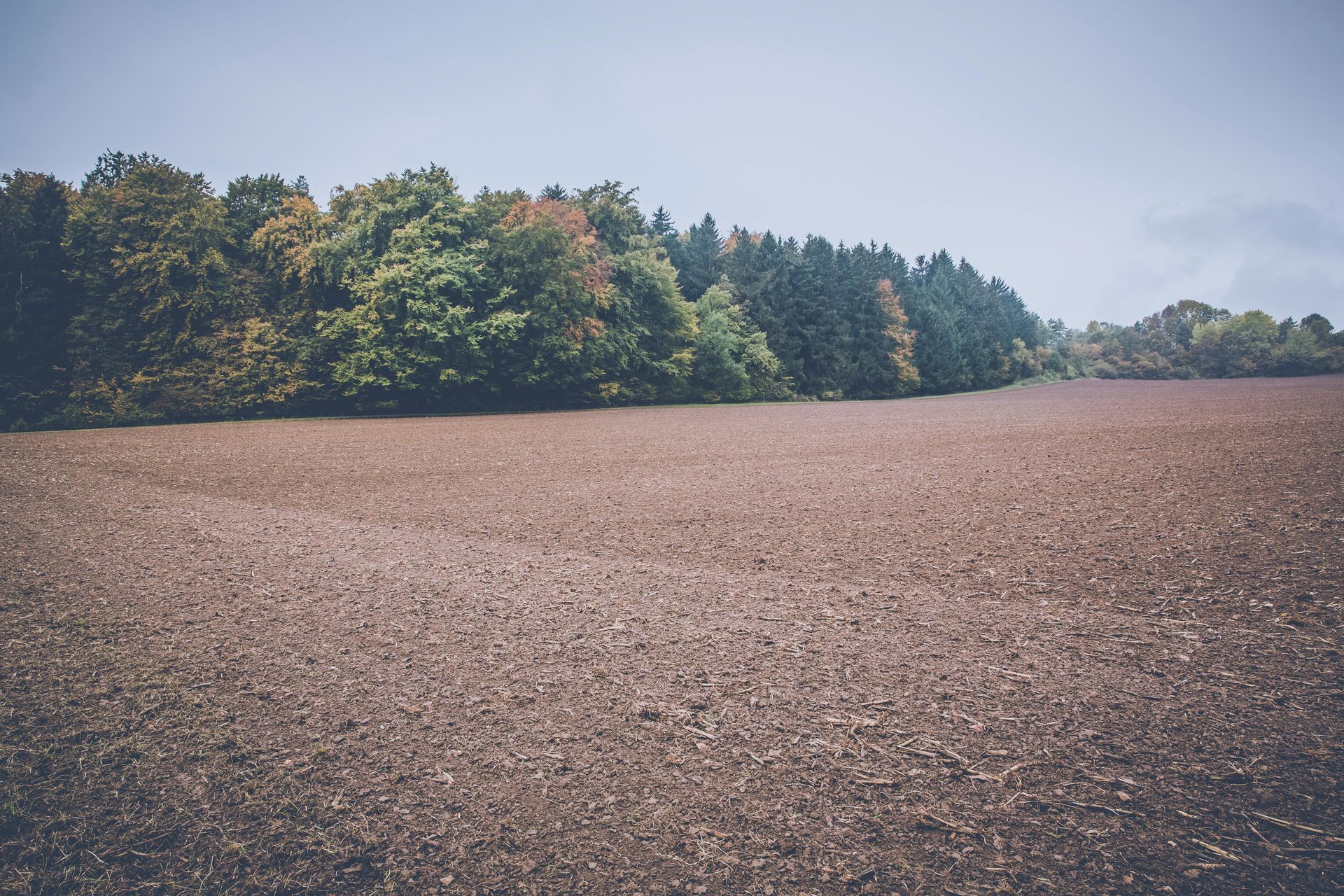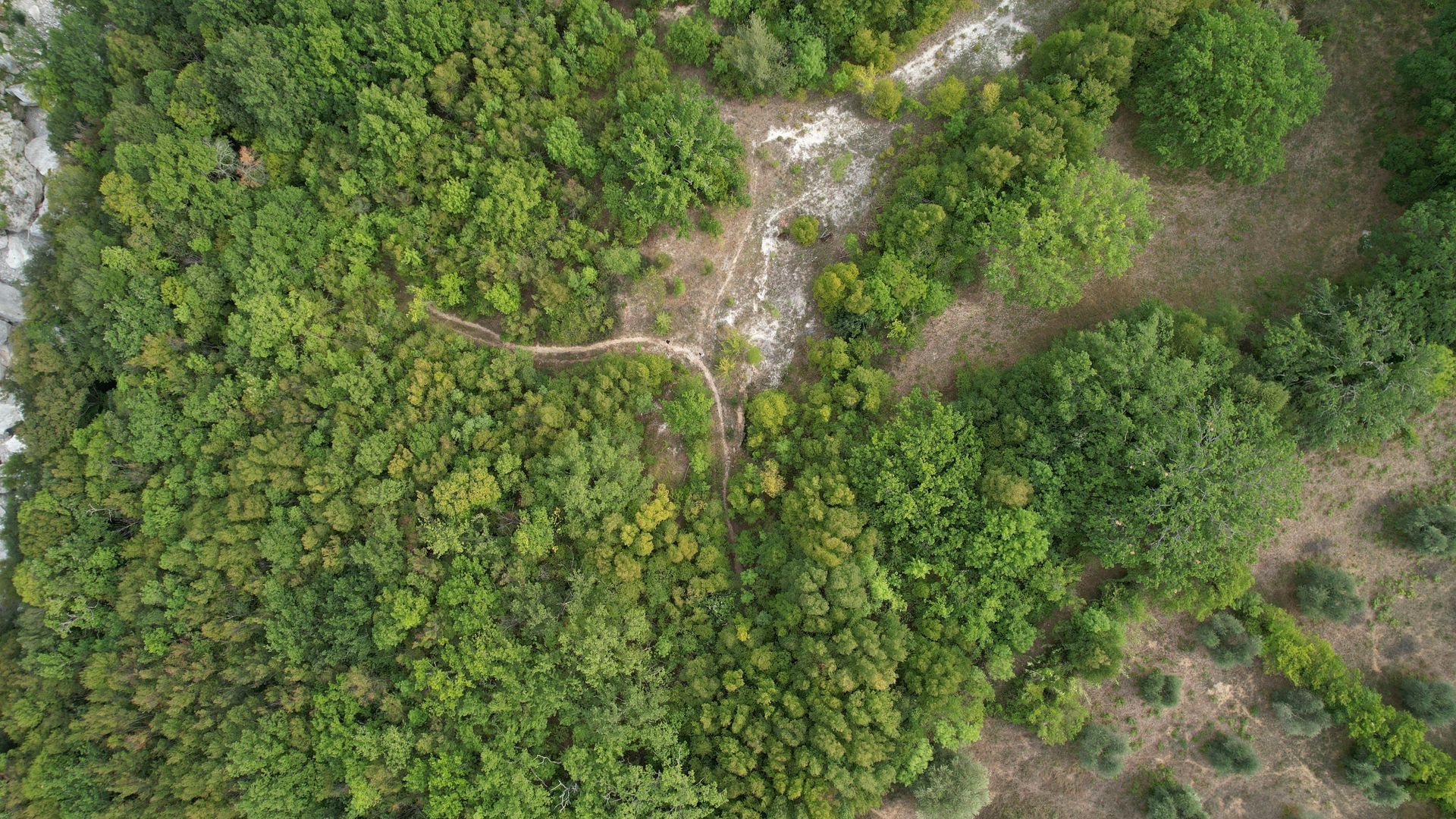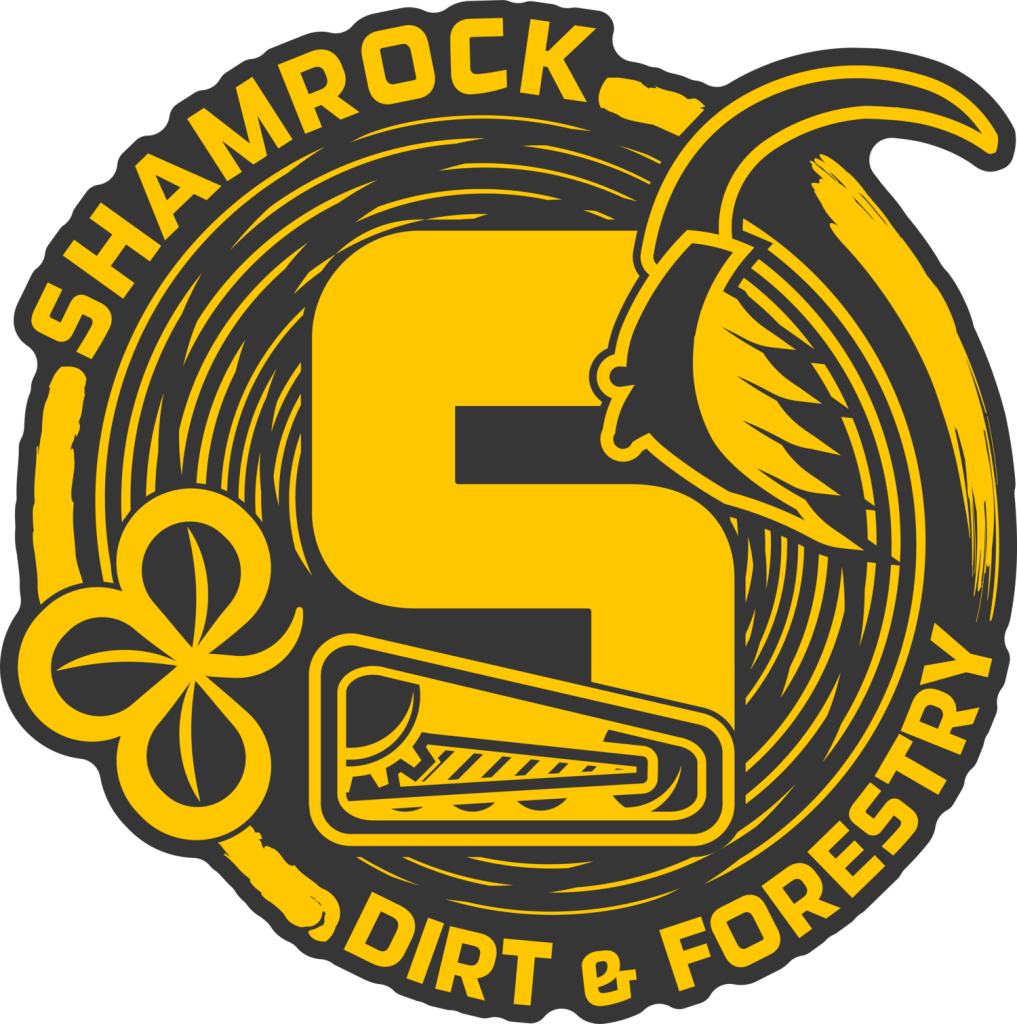October 2, 2025
One of the biggest surprises many property owners run into when starting a land project is the amount of permitting and regulation involved. It is easy to imagine clearing a piece of land, digging a pond, or putting in a driveway without thinking twice, but in reality, many of these activities fall under local, county, or even state oversight. Ignoring those requirements can lead to fines, stop-work orders, or even the need to redo an entire project. At Shamrock Dirt & Forestry, we see this often, and we know how frustrating it is for landowners who just want to move forward. That is why working with a team that understands the rules and codes in Tennessee and Kentucky is so important. The first thing to understand is that regulations are not meant to slow you down, even though it can feel that way. Most of them exist to protect water quality, prevent flooding, preserve infrastructure, and make sure land is safe to use. That does not mean they are simple to navigate. Every county can have different requirements, and even two properties in the same area might fall under different sets of rules depending on whether they are inside city limits, near a body of water, or on a slope. Trying to sort this out on your own can be overwhelming, especially when the language in the permits is technical and not always clear. Septic systems are one area where permitting is always required. Before you can install a new system or replace an old one, you need approval from the health department. This usually involves soil testing to determine how well your property can absorb wastewater. Without this step, you cannot move forward with installation. We handle this process for our clients by working with the health department, scheduling the necessary tests, and making sure the system design meets code. By taking care of it from start to finish, we save property owners from delays and costly mistakes. Excavation and grading projects often require permits as well, especially if they affect drainage or alter the natural flow of water. Counties want to ensure that one property owner’s project does not create flooding issues for neighbors or send sediment into streams and ponds. If you dig without approval, you may be forced to restore the land at your own expense. Our team has the experience to evaluate when a permit is required, how to apply, and what documentation is needed. We also understand how to design projects so they comply with regulations from the start, avoiding unnecessary back-and-forth with inspectors. Pond construction is another area with heavy oversight. In some cases, building a pond may require state-level permits, especially if it impacts waterways, wetlands, or floodplains. These rules are in place to protect natural resources and downstream property owners, but they can slow down projects if you are not prepared. We make sure pond projects are designed correctly, engineered if necessary, and permitted before we ever break ground. That way, when we dig, we know the work can be completed without interruption. Forestry and land clearing can also be subject to local codes. Some areas regulate how much vegetation can be removed, particularly near streams, wetlands, or roads. If land is cleared improperly, erosion and runoff can become major issues. That is why many counties require erosion control measures such as silt fences, straw wattles, or temporary seeding during projects. These details may seem small, but failing to include them can result in citations or even work stoppages. Because we do this work every day, we know when erosion control is necessary, what type works best, and how to keep inspectors satisfied. Even smaller projects like driveways, culverts, and utility connections often have rules tied to them. A driveway that connects to a county road may need approval to ensure it does not interfere with drainage or traffic. Installing culverts without the proper size or slope can create long-term issues, and codes are written to prevent that. These are the kinds of things that catch property owners by surprise when they try to do the work themselves. By bringing in Shamrock Dirt & Forestry, you avoid those headaches because we know what is required and how to handle it. The most important thing to remember is that every project is different. Two properties in the same county may have completely different requirements depending on location, soil type, or proximity to utilities. What worked for your neighbor may not work for you. That is why having professionals who know how to navigate permitting and codes is essential. We take the time to evaluate your property, understand what agencies need to be involved, and make sure all approvals are in place before we begin. This approach keeps projects moving and prevents costly surprises. Many landowners start with enthusiasm, ready to move dirt and make improvements, but get frustrated when they realize how much red tape is involved. It is easy to feel like the rules are working against you, but with the right team, permitting and compliance do not have to be a burden. We take that responsibility off your shoulders so you can focus on your goals. Our crew handles the communication with agencies, the paperwork, and the inspections, ensuring that everything is done properly the first time. If you are thinking about a project, the best step you can take is to involve professionals early. Waiting until you hit a roadblock with codes or inspections slows everything down. By letting Shamrock Dirt & Forestry guide you through the process, you not only get your land prepared the right way, you also get peace of mind knowing you will not be caught off guard by unexpected requirements. Your land is valuable, and protecting that investment means doing things right from the start. Permits, regulations, and local codes are part of that process, and ignoring them is not an option. When you work with Shamrock Dirt & Forestry, you have a partner who knows how to move through those steps efficiently and effectively. From septic systems to pond construction, grading to drainage, we make sure your project is done correctly and in full compliance. That is the difference between delays and smooth progress. If you are ready to move forward on your property and want a team that can handle both the work and the paperwork, reach out to us today. We will take the stress of permitting and regulations off your shoulders and deliver results you can count on.



